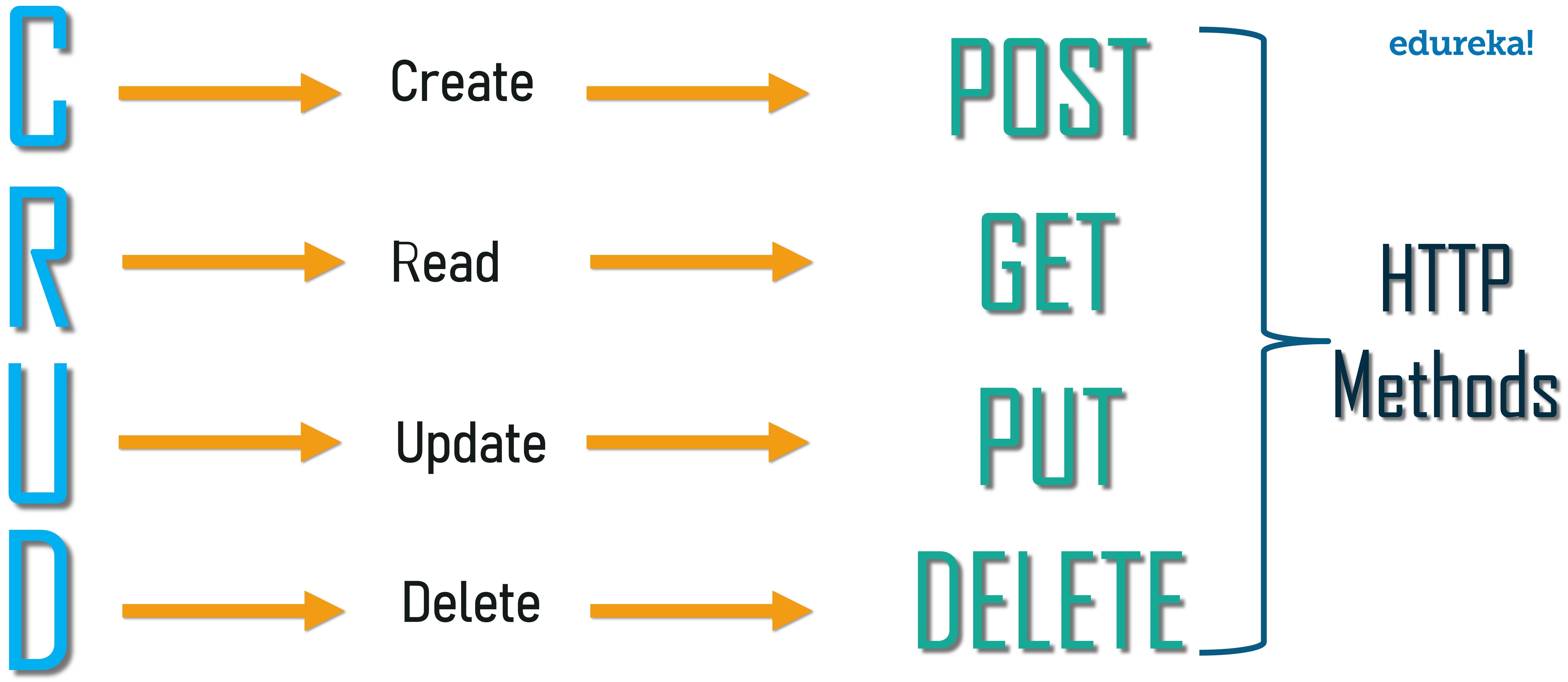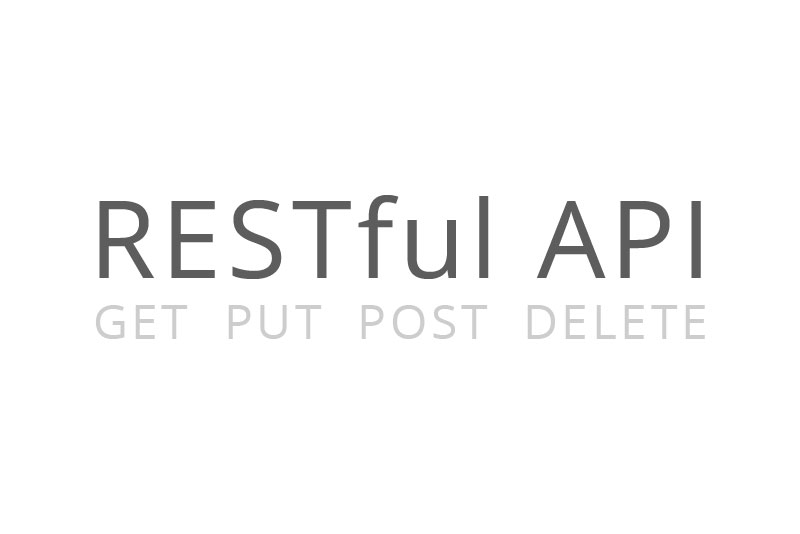Table Of Content

JavaScript, for example, has an inbuilt method to parse JSON data through the fetch API because JSON was primarily made for it. But if you are using any other programming language such as Python or PHP, they now all have methods to parse and manipulate JSON data as well. In this article, I will take you through 9 best practices to follow while making REST APIs. This will help you make the best APIs possible and also make the lives of your API consumers easier. In Web Development, REST APIs play an important role in ensuring smooth communication between the client and the server. Learn how the API design process can help teams deliver adaptable, testable, and well-documented APIs to consumers.
Use parameters
To help you avoid these pitfalls, here are six of the most common mistakes we have seen developers make while creating the API — and guidance on how to get it right. All resources have a set of methods that can be operated against them to work with the data being exposed by the API. REStful APIs comprise majorly of HTTP methods which have well defined and unique actions against any resource.
How to Implement Swagger
So, it's our job to implement a good and precise documentation. There are some great tools out there that make our lives easier. I think there's a lot truth in this statement because if an API is not well documented it can't be used properly and therefore becomes useless. The documentation helps make developers' lives a lot easier, too.
Architecture
This can be handled inside another middleware we use for the routes we'd like to protect. For example our POST request to /api/v1/workouts for creating a new workout. One appropriate example is to use redis or the express middleware apicache.
Assign proper API versioning
A few extra bytes in the payload can save a lot of early confusion and accelerate adoption of your API. Notice how user-ids appearing on the left of the colon (in the position where other examples of JSON ideally have property names) creates confusion in reading the payload. “K”eep “I”t “S”imply “S”tupid when you are designing your API. While APIs are meant for computer-to-computer interaction, the first client of an API is always a human, and the API contract is the first piece of documentation. Developers are more apt to study your payload design before they dig into your docs. Observation studies suggest that developers spend more than 51% of their time in editor and client as compared to ~18% on reference.
best practices for REST API design
Though REST also intends to make the web (internet) more streamlined and standard, Roy Fielding advocates using REST principles more strictly. And that’s where people try to start comparing REST with the web. The layered system style allows an architecture to be composed of hierarchical layers by constraining component behavior. In a layered system, each component cannot see beyond the immediate layer they are interacting with.

This is the way Swagger UI identifies the documentation within our code. We've put them in this file since it makes sense to have the docs as close to the endpoints as possible, but you could place them wherever you want. SuperTest is built on top of the popular testing library Mocha, and uses the Chai assertion library to make assertions about the responses received. It provides an easy-to-use API for making HTTP requests, including support for authentication, headers, and request bodies. The data format of a representation is known as a media type.
You can design your RESTful web service to run on several servers with multiple layers such as security, application, and business logic, working together to fulfill client requests. Where kesh92 is the username of a specific user in the users collection, and will return the location and date of joining for kesh92. These are just some of the ways you could design parameters that strive towards API completion and help your end developers use your API intuitively. If you’re having second thoughts about a specific resource or collection’s functionality, then leave it for the next iteration. The base URL should be neat, elegant, and simple so that developers using your product can easily use them in their web applications.
Microsoft REST API Guidelines Are Not RESTful - InfoQ.com
Microsoft REST API Guidelines Are Not RESTful.
Posted: Thu, 21 Jul 2016 07:00:00 GMT [source]
This approach focuses on steps and tools that support the process of API design, placing few, if any, constraints on the nature of the APIs to generate. In a real application, you will need to apply the configuration on the device – OR you may want to remove the configuration from the device (not from the primary collection). You shall use PUT and DELETE methods in this case, because of their idempotent nature. So our resource URIs and their representation are fixed now.
REST APIs communicate through HTTP requests to perform standard database functions like creating, reading, updating and deleting records (also known as CRUD) within a resource. REST APIs usually send static resources, but in certain cases, responses can also contain executable code (such as Java applets). Every application is prone to errors, which is why error handling is so important. A good API should always return the proper HTTP error code that correctly explains the nature of the specific error that has occurred. We should never use verbs like DELETE, PUT, or GET in our API endpoints as they are similar to the standard HTTP request methods.
And to document a possible error case we're only throwing a 5XX error at this point. So under "responses" you can see that I've also defined another documentation for that. Documenting endpoints also helps you to understand them better and "forces" you to think of anything you might have forgotten to implement.
When you take a close look at our response, you'll see that we haven't defined the correct return value because we're just saying that our "data" property will be an array of empty objects. This should look very familiar if you've already worked with API's that have OpenAPI documentation. This is the view where all our endpoints will be listed and you can extend each one to get more information about it. This will be the function we'll use in our root file, where we created the Express server to make sure that the docs are booted up as well.
Before we write any API-specific code we should be aware of versioning. Like in other applications there will be improvements, new features, and stuff like that. The third layer is the Data Access Layer where we'll be working with our Database. We'll be exporting some methods for certain database operations like creating a WOD that can be used by our Service Layer. The whole business logic will be in the Service Layer that exports certain services (methods) which are used by the controller.
The deep-rooted relationship between REST and microservices - TechTarget
The deep-rooted relationship between REST and microservices.
Posted: Thu, 28 Apr 2022 07:00:00 GMT [source]
Rest is an architectural style and that leaves lots of discussion and debate on the standards of details from design to implementation. Here we will discuss how a Restful API could be designed from requirements and considering various debates that exists in the industry and developer community. Most modern-day applications should return JSON responses unless you have a legacy app that still needs to get an XML response. Sometimes we need to have an API that should be telling more stories than just by id. Here we should make use of query parameters to design the API.
This has the necessary information about the blog post, as well as the hypermedia links to the related resources such as author and comments. Clients can follow these links to discover additional information or perform actions. If the response is cacheable, the client application gets the right to reuse the response data later for equivalent requests and a specified period. REST is an acronym for REpresentational State Transfer and an architectural style for distributed hypermedia systems. Roy Fielding first presented it in 2000 in his famous dissertation. Since then it has become one of the most widely used approaches for building web-based APIs (Application Programming Interfaces).
When possible, resources should be cacheable on the client or server side. Server responses also need to contain information about whether caching is allowed for the delivered resource. The goal is to improve performance on the client side, while increasing scalability on the server side. As internet traffic has increased, more and more data is being fetched every day. A good API is a backbone for any system to keep things running smoothly. If we follow the above practices while designing our APIs, the result will be highly functional and performant applications.

No comments:
Post a Comment